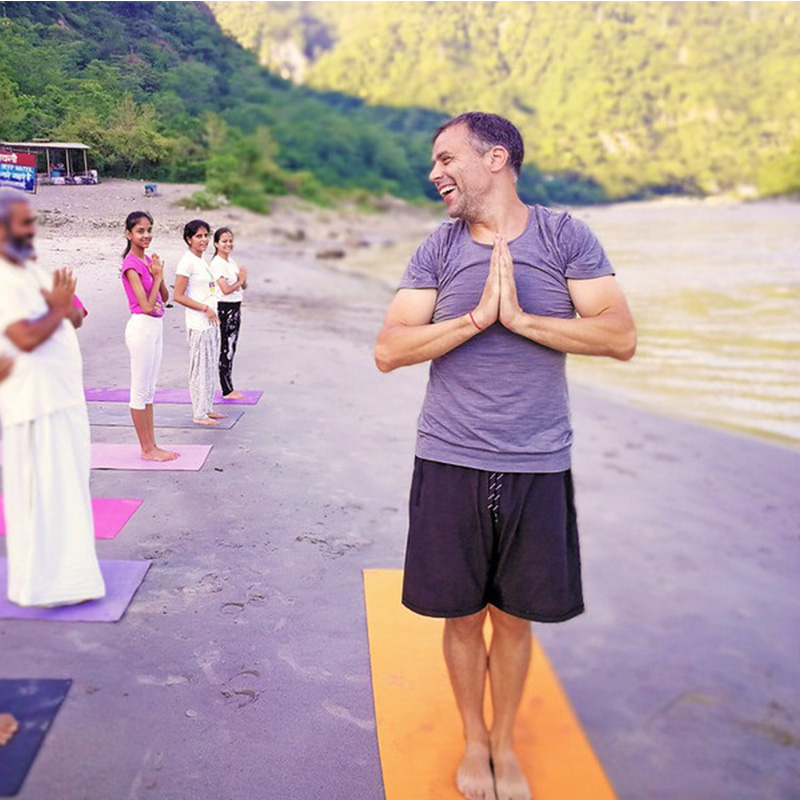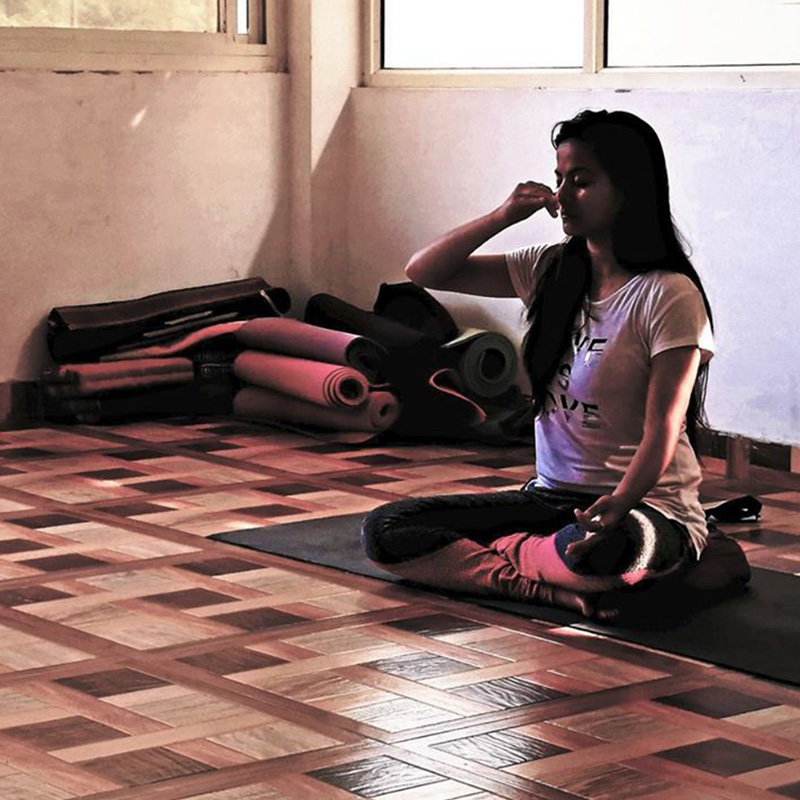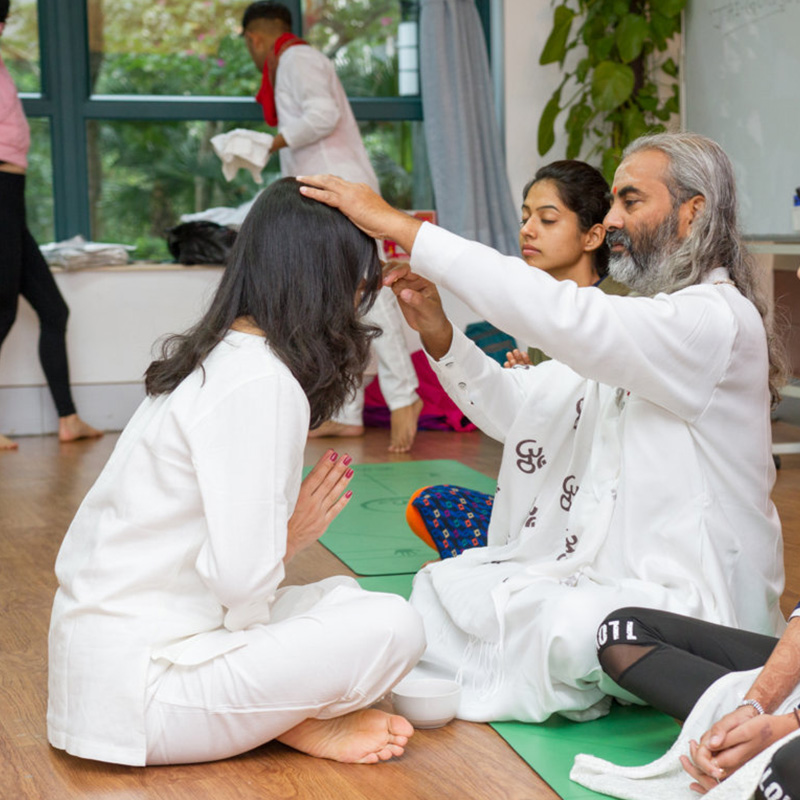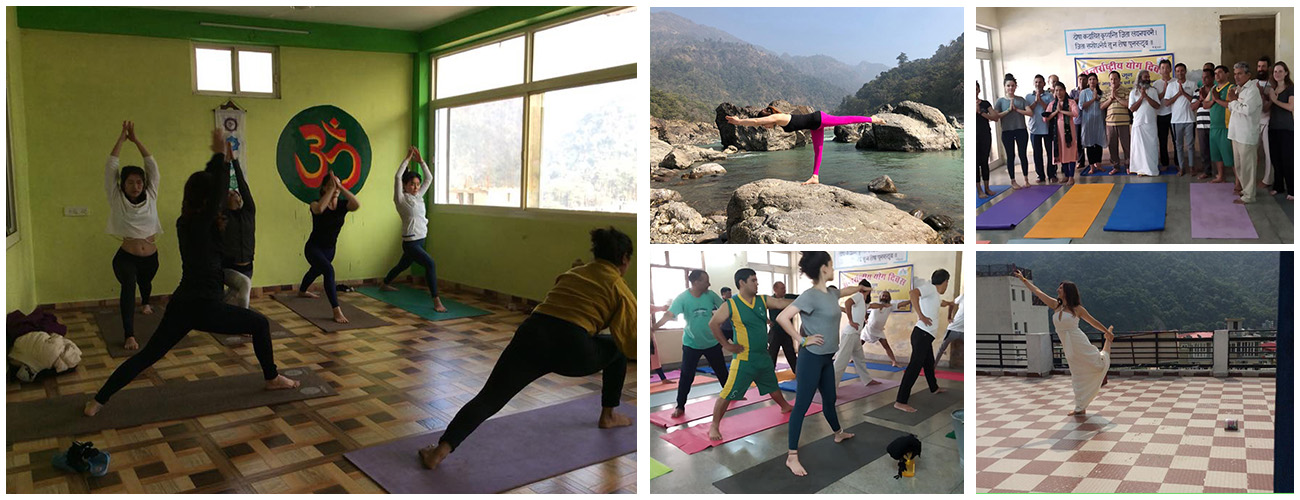
300 Hour Yoga Teacher Training in Rishikesh (Residential Yoga TTC)
Parmath Ganga Arti
Weekend Excursions
River Rafting
Sattvic meals
Trekking To Local Temples
Daily Yoga Classes
Overview - 300 Hour Yoga Teacher Training in Rishikesh (Residential Yoga TTC)
This 300 Hour Yoga Teacher Training in Rishikesh (Residential Yoga TTC) is for those who want to take their teaching skills to the next level. Or for those who want to take their previous experience of Yoga even deeper. The 300 hour teacher training course builds upon the foundation that the 200 hour teacher training course has built. It goes into more detail on the asanas, pranayamas, yogic practices and Vedic Texts & philosophies.
Have any question?
No money will be charged, feel free to enquire.
Images Gallery
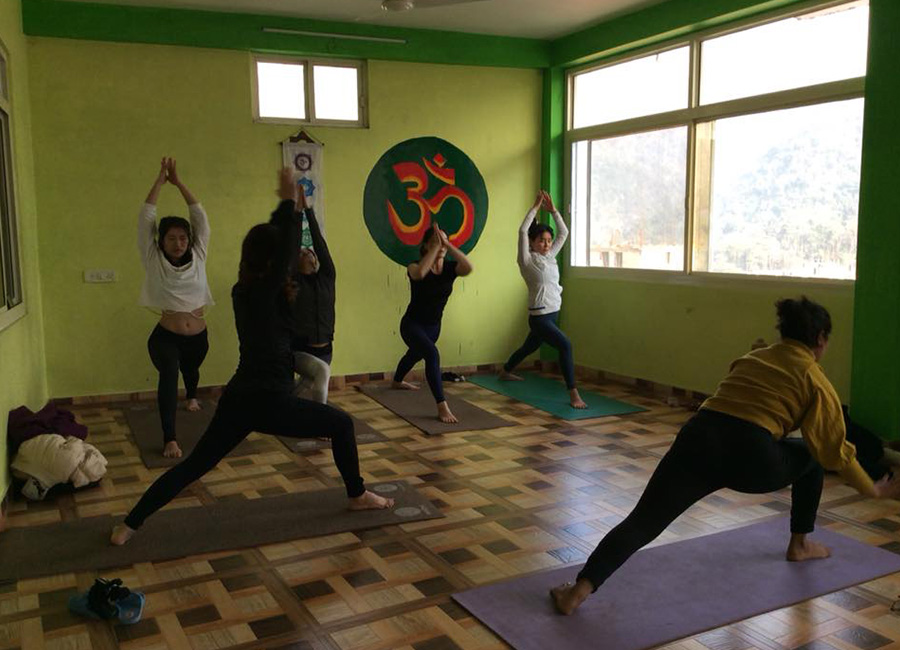

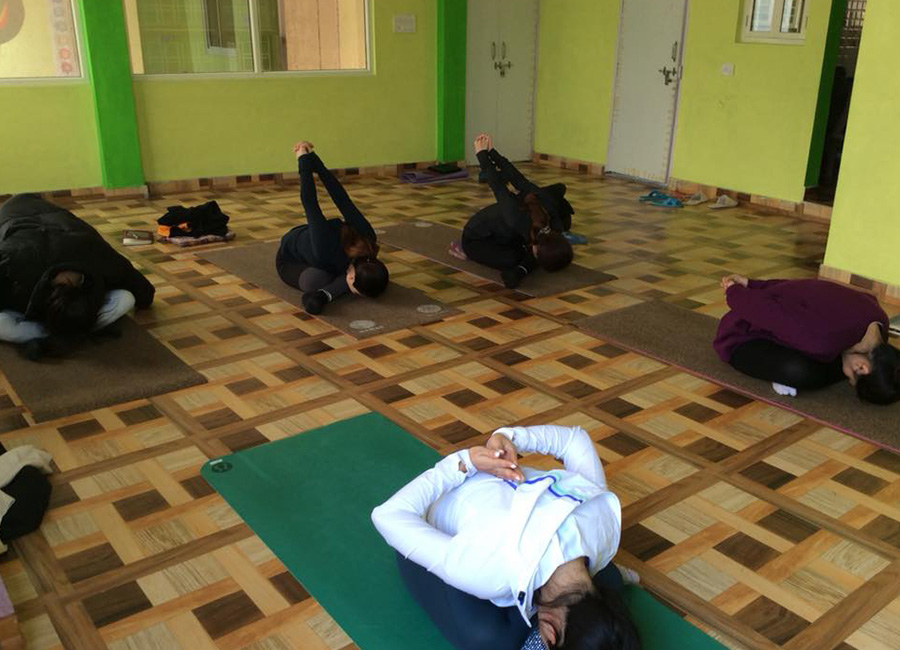
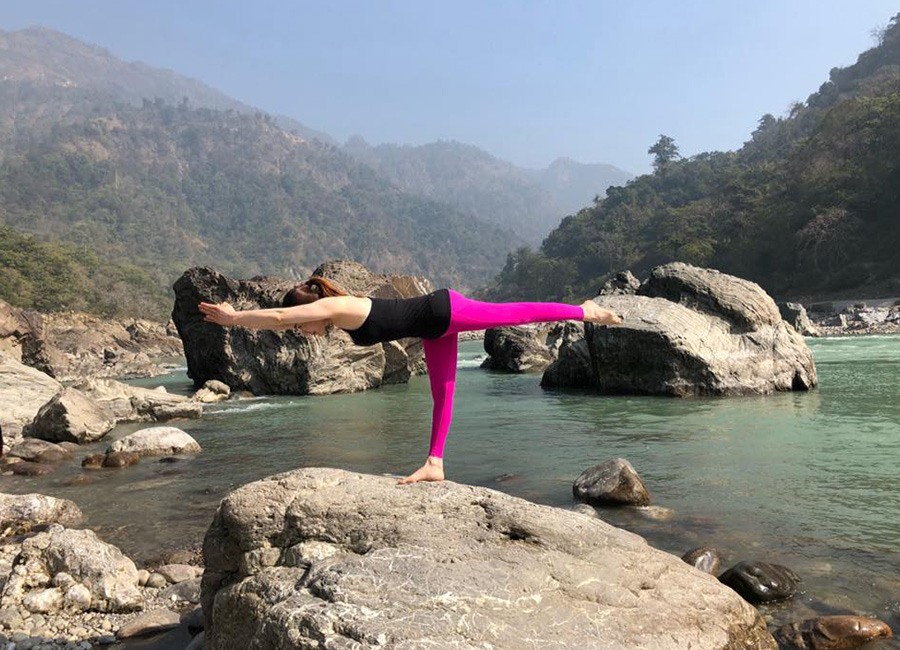
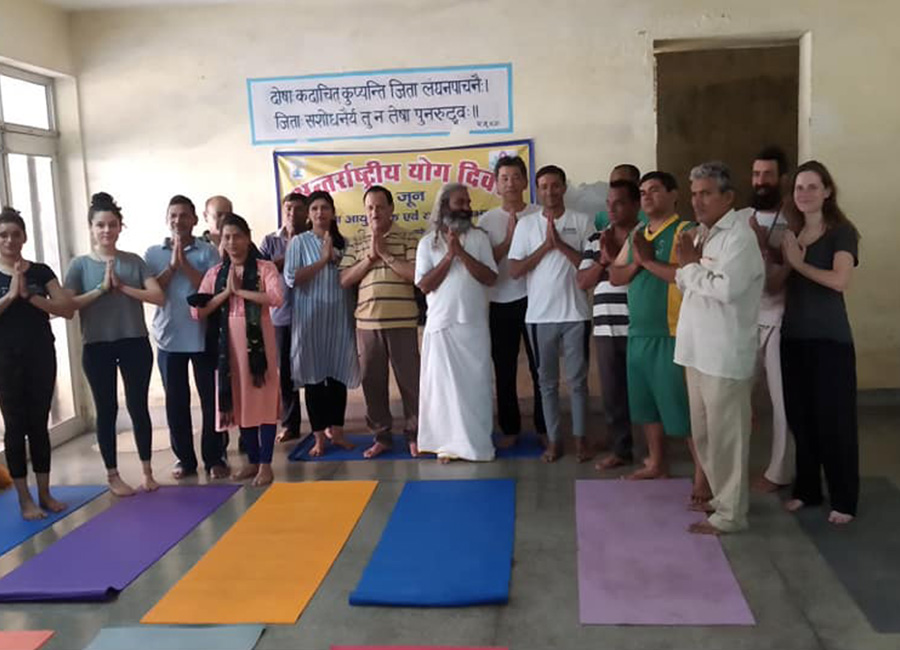
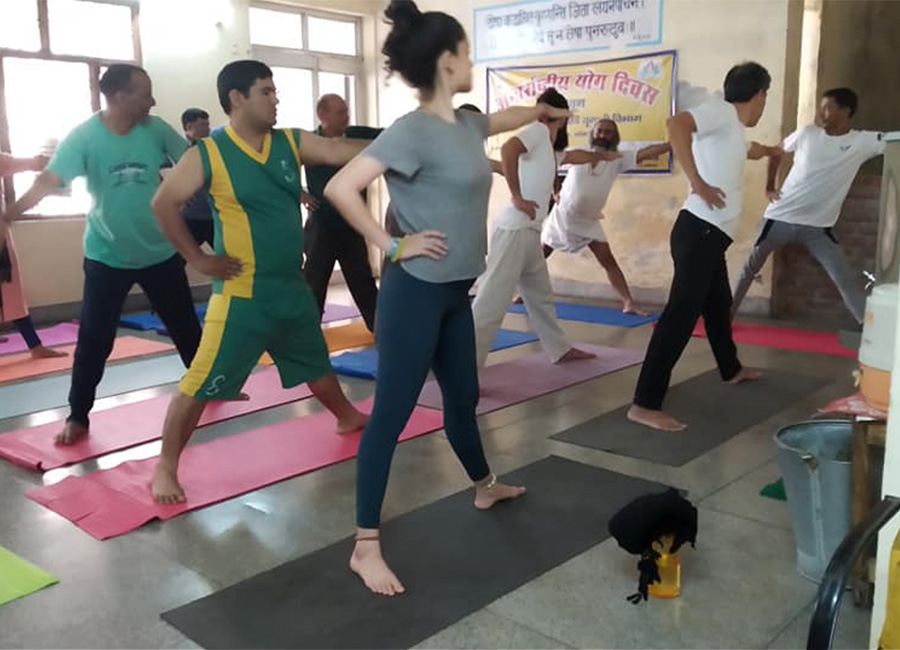

Program
The most valuable aspect of a 300 Hour Yoga Teacher Training Course (Residential Yoga TTC) is direction and intention. Most people come to this course after they have some real-world teaching experience. You can take your course with specific intentions, questions and your focus will be more directed towards becoming a better teacher.
Highlights
- Learn Meditation, Yogic Breathing (Pranayama) And Asanas
- Yoga On The River Ganges Beach. Foothills Of Himalayas
- Discover Satsanga, Mantra Chanting And Puja
- All Food, Lodging And Classes Included
- Healthy, Vegetarian Ayurvedic Food
- Course Duration 29 Days
- Become A Professional Yoga Teacher
- Explore Indian Rich Culture On Saturday And Sunday
- Recieve Yoga Alliance Teaching Certificate (RYT 300 Hour)
Food & Accommodation
The following facilities are included:
- Clean fresh Rooms with Modern Facilities
- Bathrooms & showers
- Views of the Himalayan Mountains and Ganges River
- Walking distance to Ganges River
- Pure filtered water
- Fresh fruits
- Ayurvedic Doctor in case of illness
- Indian and Western Vegetarian food prepared to Ayurvedic and Yogic standards
- Located in one of the most spiritually charged places on Earth
Syllabus
BANDHAS:
Bandhas, their functions, significance and how to properly perform them. A major part of Hatha Yoga is the Bandhas. In this course, students will go over all three bandhas, their functions, significance and how to properly perform them in conjunction with asana practice or by themselves. Students will also be instructed in how to teach each of the Bandhas.
• Learn all about bandhas
• Perform all the Bandhas correctly
• Learn how to teach them safely
DRISTI:
Dristi or gaze is what keeps the mind focused and centered during Hatha Yoga. In this course, students will be instructed in the importance of each dristi, when they can be used, how to perform them properly and how to teach them.
• Learn the different types of dristis
• How to perform them effectively
• How to teach them
UJYAYA:
How to properly perform Ujaya breathing. The Breath is the life force of the physiology. Ujaya Breathing when combined with Hatha Yoga energizes the practice. In this course, students will be instructed in how to properly perform Ujaya breathing during asana practice and independently as a stand alone practice.
• Learn how to properly perform & teach Ujaya breathing
PRANAYAMAS:
Students will learn basic pranayamas, how to use their breath and when pranayamas can and cannot be practised.
• Learn basic pranayamas and proper technique
• Learn how and why pranayamas work
INTERMEDIATE PRANAYAMAS:
Initially, students will continue their study of the basic pranayamas. After gaining experience, students will be instructed in intermediate pranayamas to further their understanding and development.
• Learn Intermediate pranayamas
• Practice Intermediate pranayamas
MEDITATION:
Students will spend time going over preparatory material in order to learn meditation and what conditions need to be set up in order to facilitate the process.
• Prepare for instruction of meditation
• Learn to meditate
MEDITATION PRACTICE:
After the students have learned to meditate, they will meditate for 10 to 20 minutes twice a day to further develop their practice, consciousness and understanding.
• Develop their meditation practice
• Develop their consciousness
SHAT KARMAS:
Yoga cleansing techniques. After learning about Kriyas, students will learn basic cleansing techniques they can do on a daily basis.
• Learn kriya techniques
CHANTING & MANTRAS:
Chants and Mantras hold intelligence that enlivens different parts of one's consciousness. In this course, students will learn simple mantras and chanting through handouts, demonstrations and repetition. We will also go over pronunciation and how to read and pronounce sankrit written in English.
• Learn about chanting mantras
• Learn simple chants & mantras
ANATOMY & PHYSIOLOGY
NADIS: Anatomical approach to nadis.
This course takes an anatomical approach to nadis (channels). Through lecture and illustrations, students will come to understand the different types of nadis and their roles. As well as how different practices have an effect on the nadis.
• Gain anatomical understanding of Nadis
• Learn what practices have effects on the nadis
KOSHAS:
Koshas are the sheaths that the entirety of the physiology is made up of. From the most gross, the physical body, to the most subtle, the bliss body. Students will learn the different Koshas that make up one's being.
• Learn about the different levels of one's Being
CHAKRAS:
Chakras have major roles in our lives, more than most people realize. This course, through handouts, lecture and discussion will provide a way to give clear, simple understanding to chakras, how they function and how to keep them in a relative state of balance.
• Learn about the chakras
• Learn how they function
• Learn how to keep them in balance
ANATOMY OF ASANAS:
Using demonstrations & illustrations student will learn how the major groups of asanas (Forward Bends, Backbends, Twists, Standing & Inversions) affects each of the muscular, skeletal and organ systems. Students will also gain a deeper understanding of why modifications and precautions are necessary for different situations.
• Learn about the relationship between Asanas and Anatomy
• Understand why and when to advise precautions and modifications
ASANAS USES:
Different asanas and asana groups will have specific effects on the physiology. Through lectures and some demonstrations, students will deepen their understanding of the correlation between asanas and their physical response.
This understanding is the key to developing sequences that help students manage specific aspects of their physiologists be it physical, mental or emotional. With the knowledge of the power of yoga, we always emphasize the importance of following the recommendations of each student's primary or special care specialist and stress that it is important to not claim to be able to eliminate physical, mental or emotional conditions with yoga.
• Learn what asanas and asana groups may have beneficial effects on the physiology
• Design a regimen to achieve health in general areas
• Don't claim to be able to eliminate any condition. Respect the recommendations of other professionals who are trained in their field.
PRANIC SCIENCE:
Through reading the Hatha Yoga Pradipika and lectures, students will gain preparatory knowledge of pranayamas and learn how pranayamas affect the physiology.
• Gain understanding in the field of pranayamas
• Learn definitions, prerequisites & proper approach to pranayama
ANATOMY OF PRANAYAMAS:
Learn how each pranayama has a specific effect on the physiology. Students will gain some understanding of why some individuals may experience difficulty performing some pranayamas.
• Learn the physiological effect of each pranayama
• Gain insight as to why a student might have difficulty during some pranayamas
TEACHING METHODOLOGY
TEACHING ASANAS:
People coming into the practice of yoga will be at different places physically, mentally, & emotionally. Through demonstrations, lectures, and discussion, students will learn how to be most effective as a teacher. This means having the ability to accurately assess each student and give them a task that is challenging enough to inspire growth in their asana practice while not overexerting them to the extent that they become injured or discouraged. The highest priority in this course is to instruct students in how to teach Asanas so that they are safe, comfortable and effective for everyone in the class.
• Be able to visually discern where a student may struggle and succeed
• Learn to give proper feedback so that their students can develop their asana practice in a safe and effective manner
HOW TO TEACH PRANAYAMAS:
Teaching something as abstract as pranayamas can prove to be more intricate than one might expect. Students will learn how to give proper instructions for each pranayama. They will also learn to observe cues their student may display to signify success or difficulty performing different pranayamas and learn the cause behind each cue and possible ways to help.
• Learn how to teach pranayamas
• Learn to observe physical cues
VOICE & LANGUAGE:
How we communicate in a class can be the difference between a great class and a bad experience, a great lesson or a dull, dry lecture. Students will learn the differences in voice and language that can make all the difference and how to use their voice and language effectively.
• Learn how to use voice and language to communicate with clarity and compassion.
RECOGNIZING CHALLENGES:
It is important to be able to identify the correct approach for each student by reading the various cues that they display. Through demonstrations and discussions, this course will cover common physical or emotional signals or cues students display indicating that they might be having trouble in a certain area. Examples of these cues include the way they walk, talk, hold their energy and how their alignment looks in certain postures.
• Pick up on cues and signals that students give to be a more effective teacher
MARKETING & SOCIAL MEDIA:
One of the most important things you can do for your business is to expand your reach through marketing. Through lectures and handouts, this course will give students an understanding of how media and social media can be utilized to market and grow your business.
• Learn how to gain more exposure in the market
• Learn ways to use social media as an effective promotional tool
YOGA PHILOSOPHY/LIFESTYLE ETHICS
ETHICS & RESPONSIBILITY:
A large part of being a teacher is leading by example. Through lecture, demonstration and discussion, this course goes over what is involved in being a good example for students. Topics such as things a teacher can do to keep their personal issues out of the classroom, how to show students respect, what are appropriate adjustments and what isn't, ways to dress while teaching class, dealing with confidential information & overall professionalism.
• Learn about the behaviours, practices and conduct that will lead to a long and prosperous career as a yoga teacher
• Avoid behaviours that might lead to lawsuits, slander or an abrupt end to your Yoga Teaching career
SCIENCE OF MEDITATION:
Through lectures and illustrations, students will learn the science and mechanics of meditation.
• Learn about the mechanics of meditation and human consciousness.
SCIENCE OF CREATIVE INTELLIGENCE:
Through lectures and illustrations, students will learn about the intelligence underlying all aspects of the universe and how through meditation, each individual can directly access it.
• Learn about SCI
• How to access SCI
UNDERSTANDING THE KRIYAS:
Kriyas are actions or duties a yogi takes in order to cleanse the internal system of impurities. Using the material in the Hatha Yoga Pradipika, students will learn what kriyas are and how they work to keep their system in top condition.
YOGA SUTRAS:
The Yoga Sutras of Patanjali are a collection of sutras or passages that impart wisdom and knowledge about the path of Yoga. Students will go over the most important sutras through lecture and discussion in order to gain understanding on the yogic path and how one's consciousness can develop most effectively and efficiently. Topics covered will include the chitta (consciousness), vrittis (intelligence), samskaras(patterns), yamas & Niyamas (conduct), Patanjali's Philosophy on Ashtanga Yoga, abyasa & viragya (continuous practice & detachment) and more. This knowledge will aid students in their own path as well as becoming an effective teacher and role model in your community. • Learn the fundamentals of the Yoga Sutras
• Learn how to be a role model in one's community
HATHA YOGA PRADIPIKA:
The Hatha Yoga Pradipika is a Yogi's Handbook. It imparts the knowledge of Hatha Yoga and Raja Yoga. Students will go over the material through lectures and discussions on subjects such as what principals to follow to gain success in yoga, yamas & niyamas, things that affect the path of yoga, how and when to practice Hatha Yoga, and dietary guidelines.
• Learn about how to live the life of a Yogi
• Learn the different principles and foundations of the spiritual path
PRACTICUM:
The practicum provides students with the opportunity to experience what it is like to actually teach a class. A teaching schedule will be created so that each student will be able to meet the practicum requirement of teaching class on their own (with the presence of the instructor if the need arises).
• Gain semi-real world experience by teaching the other 30 attendees
Included Excursions
On Sunday We Have Fun, Explore India And Enjoy Group Or Individual Recreation
Group Events On Sunday Include:
- Rafting & Trekking To Local Temples
- Ram Jula, Parmath Ganga Arti
- Kunjapuri Sunrise Temple Darshan
- Rishikesh Tour - Beatles Ashram, Trivani Ghat Ganga Arti
- Vashistha's Cave (Gufa)
Daily Schedule
6:00 AM – 6:30 AM: Wake Up / Morning Tea
6:30 AM – 7:10 AM: Abyangha/ Shat Karmas
7:10 AM – 8:20 AM: Hatha Yoga
8:20 AM – 9:00 AM: Pranayama & Meditation
9:15 AM – 9:45 AM: Ayurvedic Breakfast
10:00 AM – 11:00 AM: Vedanta Study
11:00 AM – 12:00 PM: Meditation
12:10 PM – 1:00 PM: Ayurvedic Lunch
1:00 PM – 3:00 PM: Free Time/Self Study
3:00 PM – 4:00 PM: Yoga Clinic/Anatomy
4:00 PM – 6:00 PM: Evening Asana Practice
6:30 PM – 7: 30 PM: (Optional) Bhakti Satsanga
7:30 PM – 8: 30 PM: Ayurvedic Dinner
9:30 PM: Lights Off
What’s Not Included
- Airfare
- Personal Expenses
How to Get There
By Airplane
Rishikesh is well-connected to all the major cities. Jolly International Airport at Dehradun is only 15 km from Rishikesh. You can reach directly from your place of Departure to Jolly International Airport, or you can come via Delhi International Airport. You can hire a taxi from Dehradun airport to Rishikesh
By Road
You can hire a taxi from the International Airport in Delhi to arrive at Rishikesh.
By Train
You can also have a fun-filled ride on the train from Delhi to Haridwar. Get off at Haridwar station as it is just about 25 kilometres from Rishikesh. It is linked and quite connected to all the cities of India. From Haridwar, you can hire a taxi to drop you at Rishikesh
Teachers & Staff
Organizer


